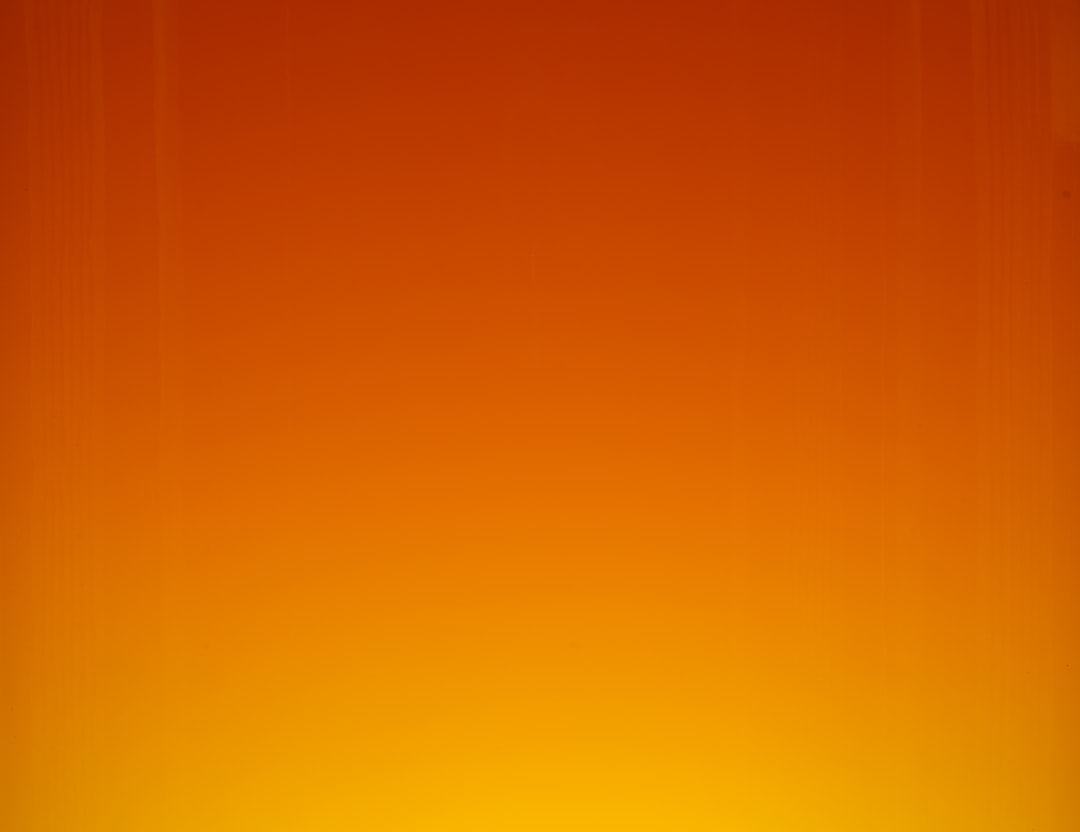It is a harrowing image: once blue skies jumping across the color wheel, lit up orange, tinged with the smell of smoke. The record-breaking 2023 Canada wildfires, which started in March, have scorched over 11.6 Million acres— spreading smoke far and wide across North America. The wildfires can be traced back to lighting, which sparked the flames and was further exacerbated by shifting temperatures and drought conditions due to climate change.
The wildfires are preceded by an abundance of increasingly fatal and destructive disasters. From hurricanes and flooding to drought and heat waves, climate change is making itself known, and some Americans are beginning to witness it firsthand. In New York City during early June, the air pollution reached dangerous levels. People were experiencing a slap-in-the-face from climate change like never before. While there have been other signifiers of the wounded planet in the city, such as droughts or lack of annual snowstorms, the orange haze was a whole new monster. Masks had to be worn, people had to stay inside, and the eerie scent of smoke permeated the walls of homes. The climate became strikingly different from presumed images of New York—the city that never sleeps shrouded in smoke, skyline nowhere to be seen.
In the Internet age, an era obsessed with aesthetics like cottage-core or ‘downtown girl,’ it is understandable why the wildfire smoke has led to an ironic romanticization. People are fascinated by the ability to “claim” an aesthetic and search for it in their daily lives. Perhaps this fueled the “Wes Anderson trend,” where TikTokers emulated the filmmaker’s symmetric, technicolor-like style. Unsurprisingly, with a built-in smokey “pre-set,” one TikToker filmed the Wes Anderson trend amid the wildfire haze, captioning the video “real-life trend.”
Aestheticism, throughout human history, has been a form of coping with difficulty. From the willowy, pallid symptoms of Tuberculosis influencing Victorian style to technicolor posters encouraging “Victory Gardens” during World War II, romanticized imagery has permeated culture. Hence, the recent rise of wildfire smoke aestheticism is no surprise—especially considering the constant obsession with filters and film-like imagery in the internet age. The odd mash of climate anxiety and an oversaturated, lively online space creates a strange cultural fusion for young people as they navigate the current era—paradoxically vibrant and desolate. Gen-Z is famously known for its dark humor as a coping mechanism amid mutual unease in spheres such as mental health or pandemics, often culminating in meme trends. Meeting the wildfire smoke situation this way is yet another feather in dark humor’s cap.
One TikTok post exemplifies ironic, aestheticized humor—a video montage captioned “ny is in its apocalyptic era rn,” followed by a smiling face with hearts emoji. Images are displayed of the strikingly smoggy sky and eerily vermillion moon. Some of the pictures, adorned with Snapchat captions, contain phrases like “#aesthetic” or “beautiful,” but also heartbreakingly, “first it was orange and now it’s hard to breathe.”
TikTok videos emphasize the importance of climate advocacy to protect the planet and younger generations. Sometimes smoke gets in your eyes, and it is time to act: in this case, quite literally.

